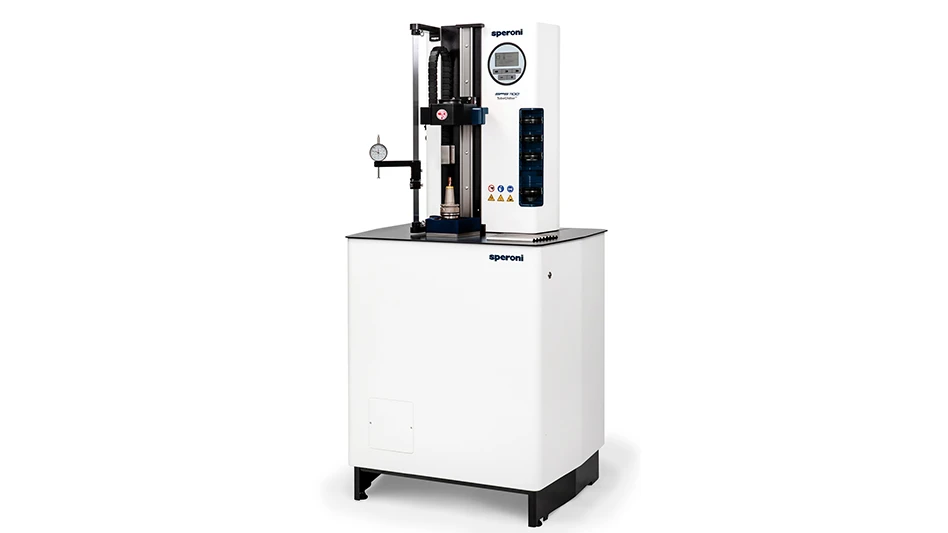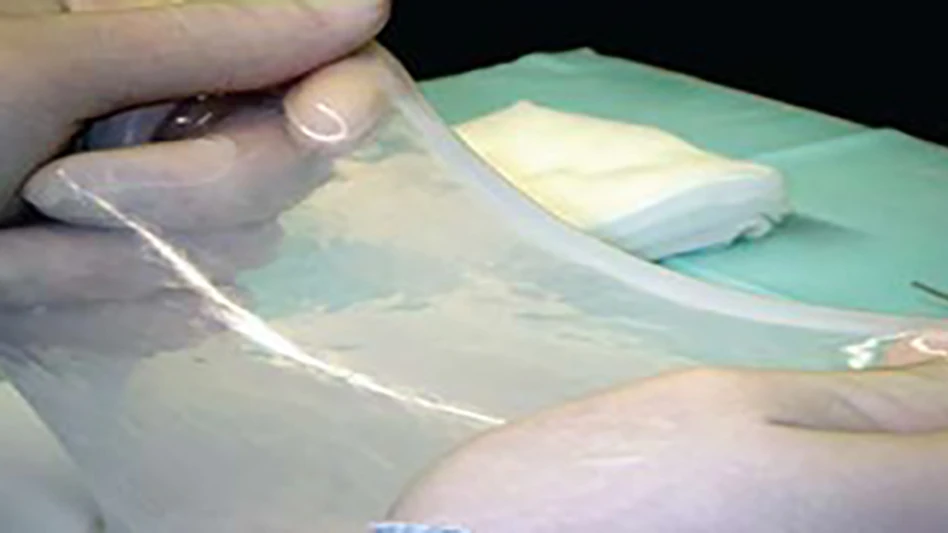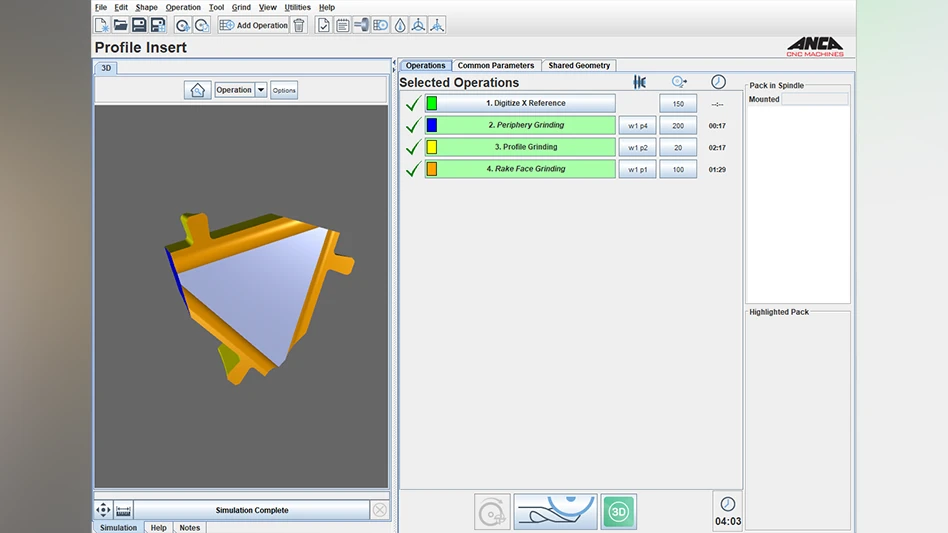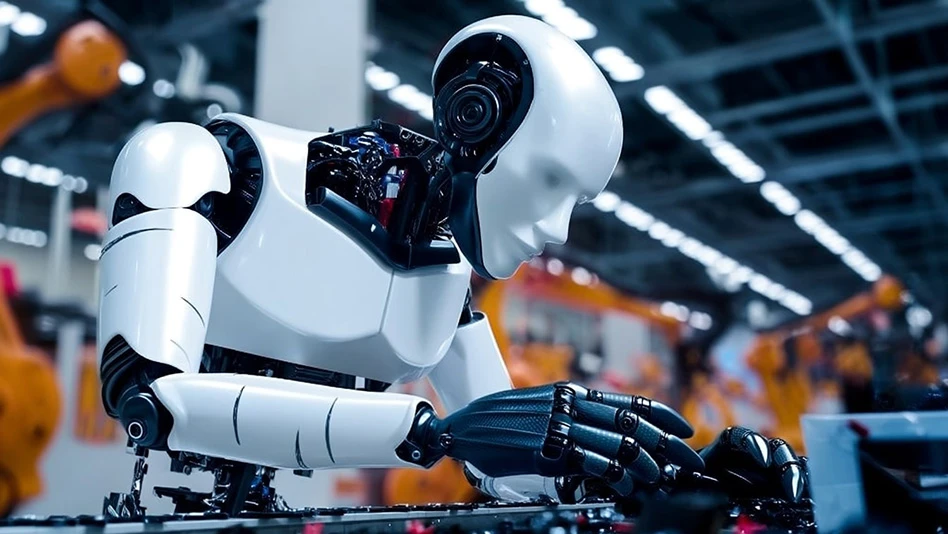
ROPCA ApS was founded by Thiusius Rajeeth Savarimuthu and Søren Andreas as a spin-off from University of Southern Denmark (SDU) in Odense, Denmark. The company developed ARTHUR to autonomously perform ultrasound scans of patients’ hands. ROPCA initially started its robot evaluation process using local robotic companies but quickly realized they needed a medically certified robot. KUKA’s LBR Med was exactly what ROPCA was looking for. Since the LBR Med was already certified for integration with a medical product, ROPCA could focus its regulatory approval efforts on the scanning application, reducing regulatory compliance requirements and time to market.
Advantages of LBR Med
For Savarimuthu, a professor in healthcare robotics and artificial intelligence (AI) at SDU, the advantages of LBR Med were obvious. With its medical-grade operating system and standard controller features designed for direct collaboration with a human operator, the LBR Med cobot performs intricate tasks and a soft landing on patients’ skin with no modifications.
The lightweight LBR Med is a 7-axis robotic arm calibrated for high-precision work and equipped with responsive, redundant torque sensors to recognize external forces for safe collision detection.
“All in all, KUKA is the best choice for integrating robotics into medical products,” Savarimuthu says.
Advantages of ARTHUR
Svendborg Hospital in Denmark, performed a trial with ARTHUR to test patients’ reactions, and because of the LBR Med’s accessibility and efficiency, patients and providers were comfortable with the system. Throughout the trial, investigators found the interaction between the cobot-based system and patients to be very intuitive. Integrating the cobot into treatment protocols showed clear advantages, including shorter waiting times and highly reliable AI-based diagnoses that allowed earlier treatment.
The repetitive nature of capturing complete, high-quality ultrasound images of patients’ hands is an ideal task to automate with the LBR Med cobot. AI supports the scanning process to ensure image quality and enables healthcare providers to collect data as early as possible.

The ARTHUR experience
Prior to using ARTHUR to scan joints, rheumatoid arthritis diagnoses relied on time-consuming X-ray images. For arthritis patient Flemming Poulsen, incorporating ARTHUR into the treatment protocol enabled faster diagnoses and earlier access to treatment. Poulsen believes that’s significant when dealing with debilitating arthritis.
“The quicker you get treatment, the less physical damage occurs,” Poulsen says. “And that means you can stay active.”
When patients enter the room, ARTHUR instructs them to scan their medical ID, put gel on their hands, and follow the robot’s directions. Patients then place their hands on the scanner and ARTHUR directs them through the procedure. When the scans are completed, they’re sent directly to the doctors for evaluation.
What’s next for ROPCA?
Savarimuthu says ROPCA hopes to continue working with KUKA to develop additional robotic solutions for the medical sector and integrate them into treatments and applications worldwide.
“I think it’s very inspiring to create solutions that’ll help people,” Savarimuthu concludes.

Explore the April 2024 Issue
Check out more from this issue and find your next story to read.
Latest from Today's Medical Developments
- Teleflex sells acute care and urology businesses for $2.03 billion
- HANNOVER MESSE: Where research and manufacturing meet
- What’s next for the design and manufacturing industry in 2026?
- Arcline to sell Medical Manufacturing Technologies to Perimeter Solutions
- Decline in German machine tool orders bottoming out
- Analysis, trends, and forecasts for the future of additive manufacturing
- BlueForge Alliance Webinar Series Part III: Integrate Nationally, Catalyze Locally
- Robot orders accelerate in Q3





